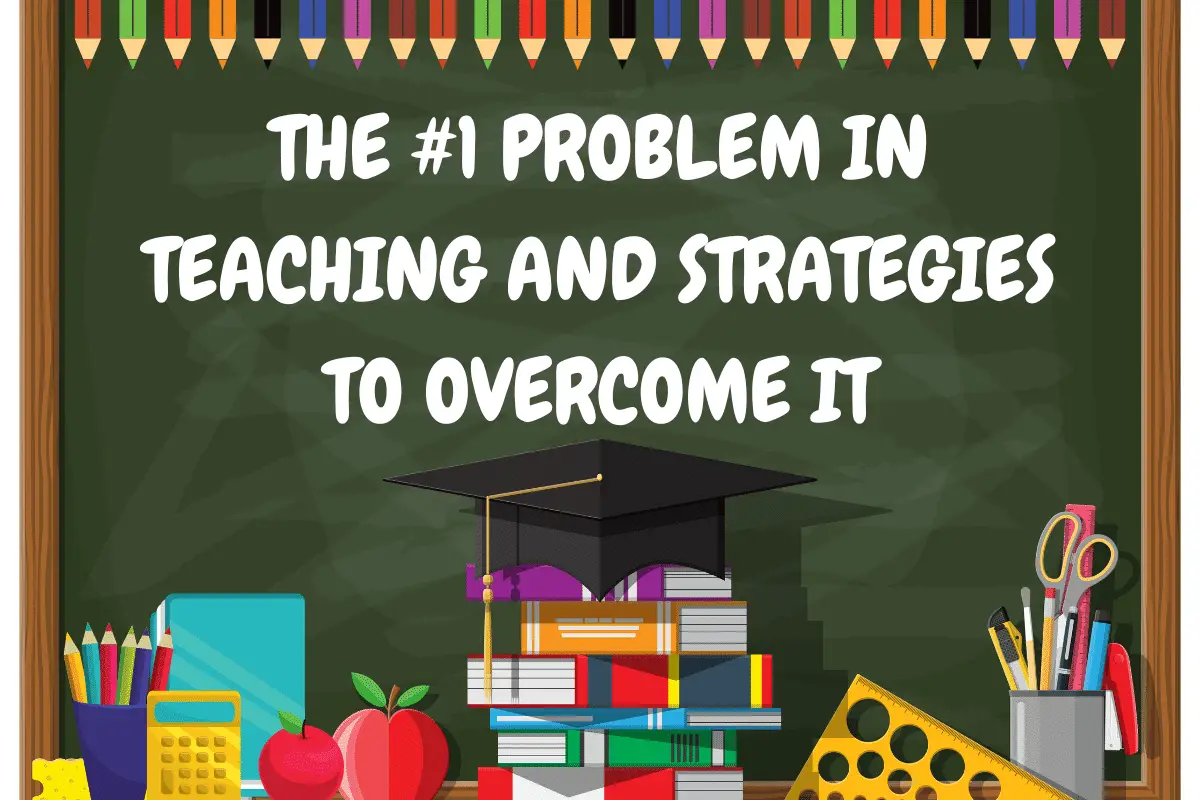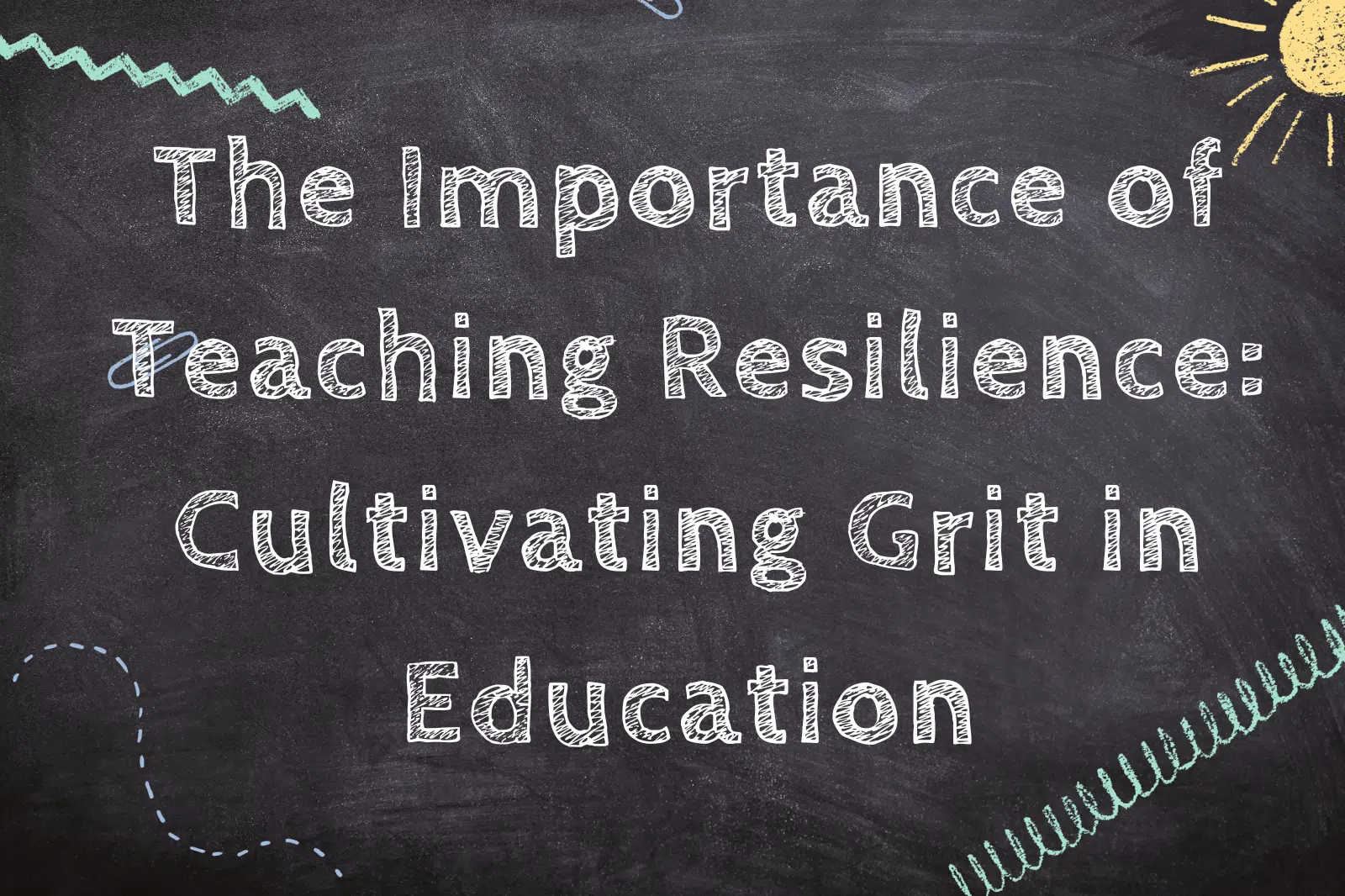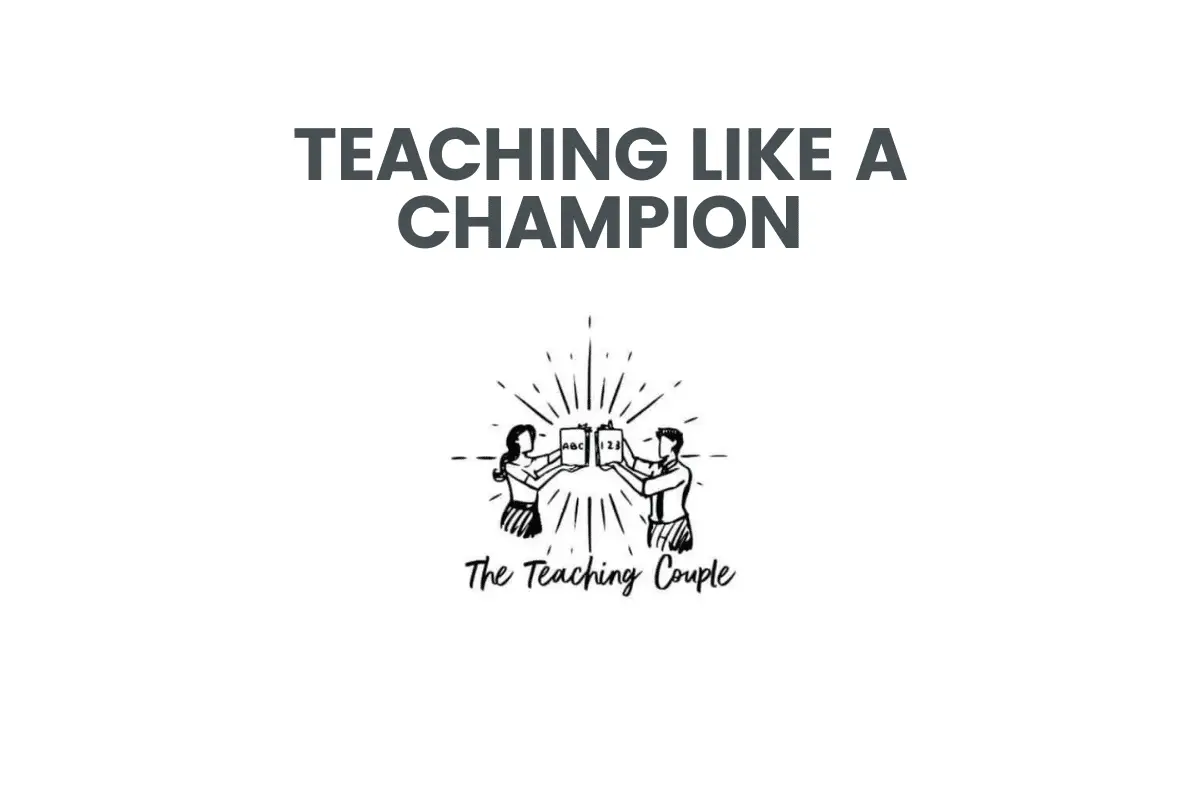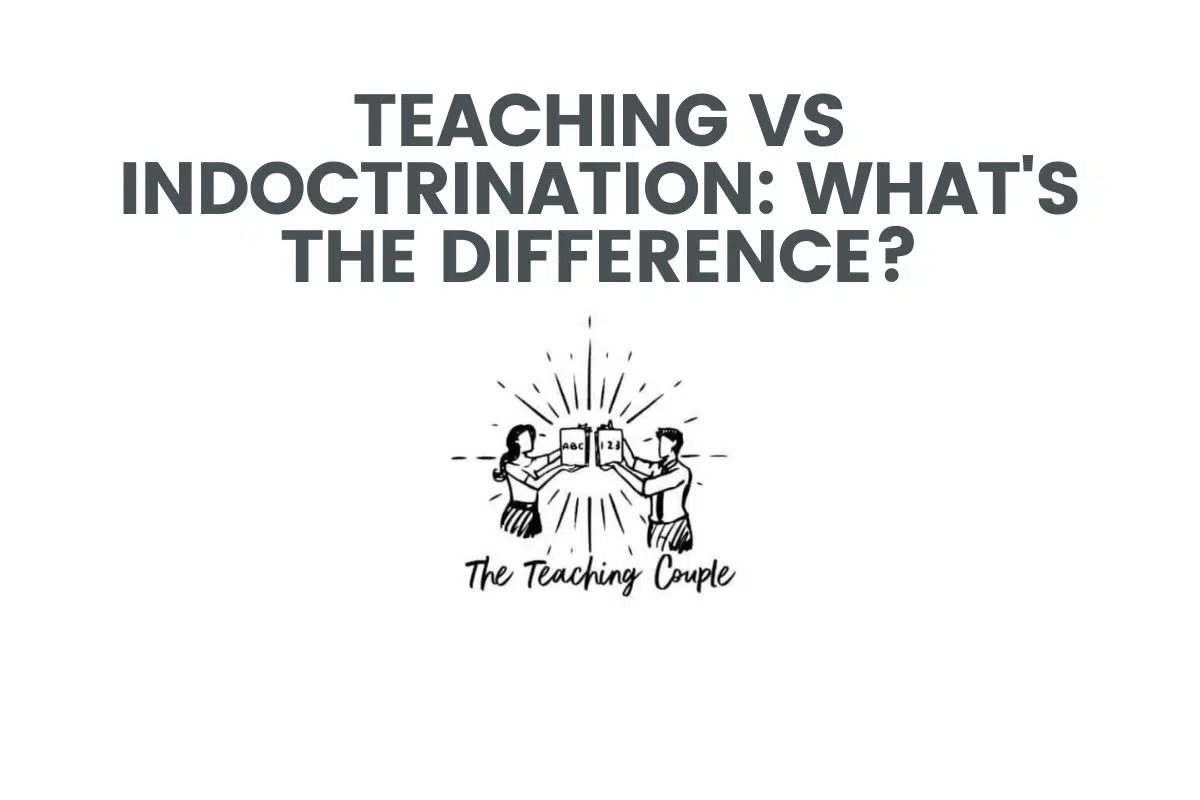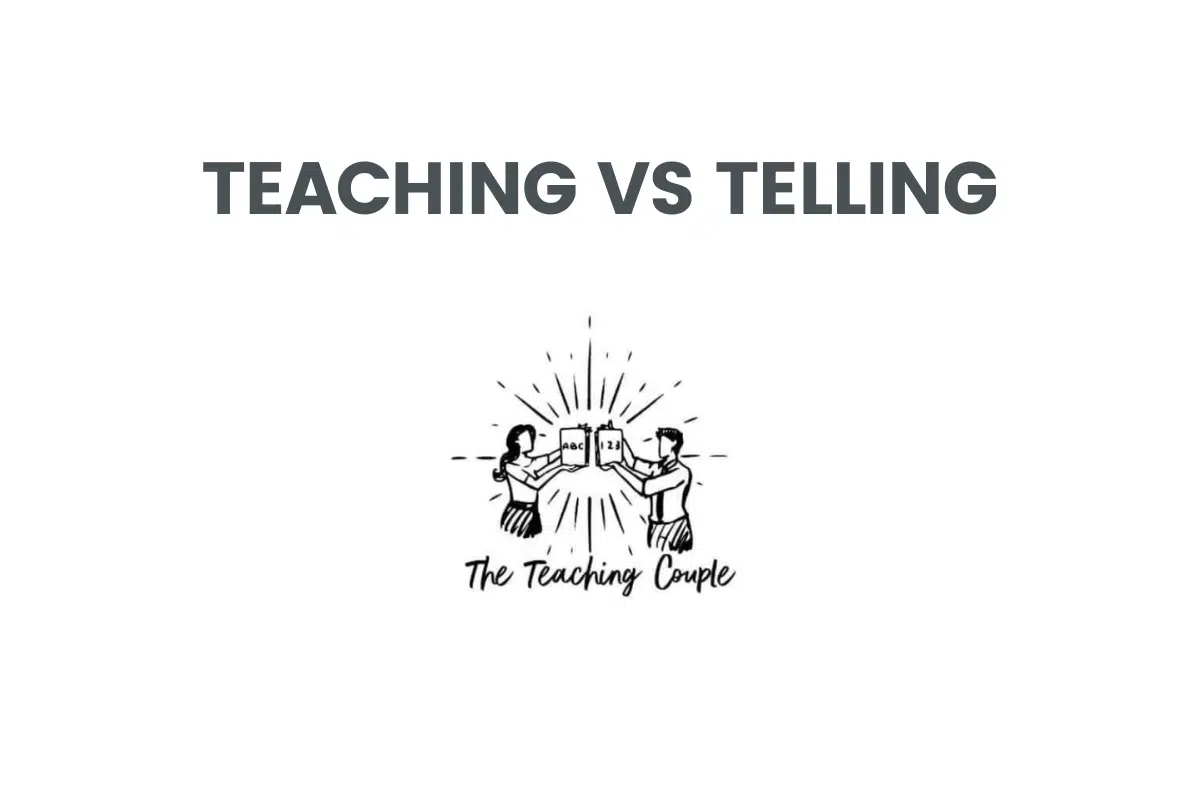As a teacher, you know that teaching to different students requires patience and creativity. When it comes to making learning fun and effective, understanding your students is key.
But another critical element of the winning formula is how you teach them – after all, one size does not fit all when engaging with young minds!
So let’s dive into this topic together and explore what constitutes an optimal teaching style for today’s learners.
Related: For more, check out our article on Teaching V Coaching here.
| Teaching Style | Characteristics | Impact on Learning |
|---|---|---|
| Traditional Lecture | – Teacher-centered | – Efficient delivery of information |
| – Focus on content delivery | – Passive learning; may not engage all students | |
| – Limited student interaction | – Can be challenging for students with different learning preferences | |
| Demonstration | – Teacher shows how to do a task | – Visual and practical learning |
| – Step-by-step instruction | – Can improve memory retention and understanding | |
| – Often includes hands-on practice | – Encourages active participation | |
| Collaborative Learning | – Group work and discussion | – Enhances critical thinking and problem-solving skills |
| – Peer-to-peer interaction | – Promotes social skills and teamwork | |
| – Shared responsibility for learning | – Can be less structured, which may not suit all learners | |
| Inquiry-Based Learning | – Student-centered | – Develops investigative and research skills |
| – Encourages curiosity and questioning | – Fosters independence and self-directed learning | |
| – Students learn by exploring and discovering | – Requires guidance to ensure productive learning | |
| Flipped Classroom | – Content is studied at home, practice in class | – Allows for more in-depth, personalized classroom engagement |
| – Classroom time is for applying knowledge | – Encourages self-paced learning outside of class | |
| – Utilizes technology for learning materials | – Relies on student preparation and participation | |
| Differentiated Instruction | – Tailored teaching to meet individual needs | – Addresses diverse learning styles and abilities |
| – Includes various teaching methods and materials | – Can significantly improve learning outcomes for all students | |
| – Ongoing assessment and adjustment | – Requires significant planning and flexibility from the teacher |
This table provides an overview of various teaching styles and their potential impact on student learning, which can be expanded upon in your article.
Understanding Different Teaching Styles
Teaching styles refer to teachers’ distinct methods and strategies to facilitate student learning. These teaching styles can vary drastically from one educator to another, influenced by their personality, educational philosophy, and the needs of their students.
There are several commonly recognized teaching styles. Here’s a brief overview:
1. Authoritative Style: This style is characterized by high expectations of students, clear guidelines for behaviour, and a lot of student-teacher interaction. While the teacher maintains control of the classroom, students are encouraged to voice their opinions and ask questions.
2. Demonstrator Style: Also known as the coach style, teachers who follow this method provide examples and demonstrate concepts. They often use multimedia presentations, activities, and demonstrations to help students grasp a subject.
3. Facilitator Style: Teachers who follow this style focus on activities. Lessons are student-centered with teachers acting as facilitors, guiding students to discover and learn new information independently.
4. Delegator Style: This teaching style is typically used in subjects that require lab activities, such as chemistry or biology. Teachers give students tasks and act as an observer, giving them more responsibility to complete tasks and make decisions.
5. Blended Style: This approach combines the characteristics of multiple teaching styles to cater to the diverse needs of students in a classroom.
Related: For more, check out our article on Teaching V Educating here.
Understanding these different teaching styles is crucial because it helps educators identify which methods work best for their students. By adjusting their style to meet their student’s needs and learning styles, they can ensure a more effective and engaging learning experience.
The Impact of Teaching Styles on Learning
Teaching styles have a significant impact on learning outcomes. How an educator delivers content, engages with students, and structures classroom activities can all influence how well students absorb and retain information.
Engagement: Different teaching styles can either encourage or discourage student engagement. For instance, a facilitator style that encourages interaction and discussion can foster higher levels of engagement than a more authoritarian style where students primarily listen to lectures.
Comprehension: Teaching styles also affect how well students understand the material. Demonstrator or coach styles often involve showing students how to solve problems step-by-step, can enhance comprehension, especially in complex subjects.
Motivation: Teaching styles can significantly influence students’ motivation to learn. Styles encouraging active participation, like the facilitator style, can boost students’ interest and enthusiasm about a subject.
Retention: How information is taught can impact how well students remember it. Practical, hands-on experiences, often found in the delegator style, can improve retention rates by providing real-world context for theoretical concepts.
Adaptability: Some teaching styles are more flexible than others. Blended styles, for example, allow teachers to adjust their strategies based on the topic or the needs of their students, promoting more effective learning.
The teaching style employed by educators plays a crucial role in shaping students’ learning experiences. Teachers can tailor their approach to maximize student learning and success by understanding the impact of different teaching styles.
Related: For more, check out our article on Teaching V Mentoring here.
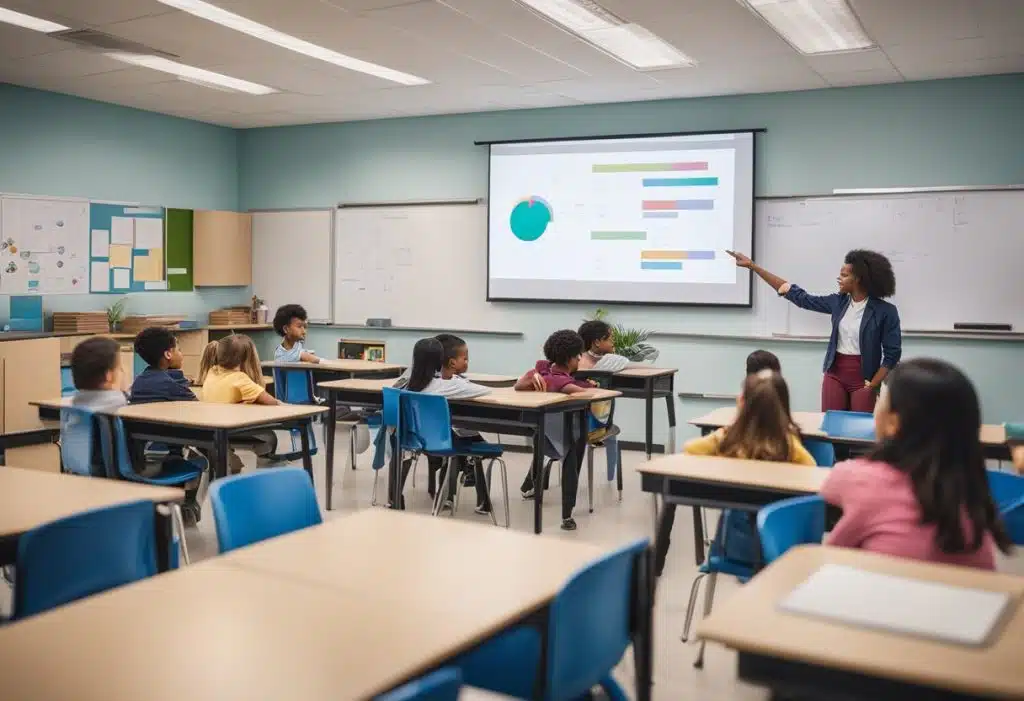
Traditional vs. Modern Teaching Styles
Traditional and modern teaching styles represent two distinct approaches to education, each with its unique advantages and challenges.
Traditional Teaching Styles: These are typically teacher-centered, where the educator is seen as the primary source of knowledge. Traditional methods often involve lectures, note-taking, rote memorization, and standardized testing.
The authoritative and demonstrator styles often fall under this category. While this approach can ensure that a vast amount of information is covered, it may not cater to different learning styles, potentially limiting student engagement and understanding.
Modern Teaching Styles: Modern teaching styles tend to be more student-centered, focusing on active learning, collaboration, and critical thinking. They often incorporate technology and real-world applications of knowledge. The facilitator and delegator styles are examples of modern teaching methods.
These methods aim to foster self-directed learning and adapt to individual student needs. However, they require more preparation and resources, and some students may struggle without clear structure and guidance.
Many educators have recognized the value of blending traditional and modern teaching styles in recent years. This blended approach allows for the structure and content coverage of traditional methods while promoting modern techniques’ engagement and adaptability.
It’s a way to meet diverse student needs and prepare them for an ever-changing world.

How Teaching Styles Affect Student Engagement
The teaching style used by an educator can significantly influence student engagement. Engagement refers to the degree of attention, curiosity, interest, and passion students show when they are learning or being taught.
Authoritative Style: While this style establishes clear rules and high expectations, it also encourages student interaction. This balance can lead to a high level of engagement as students feel their input is valued and that they’re part of the learning process.
Demonstrator Style: By showcasing the practical application of concepts, this style can capture students’ attention and make learning more relatable, thereby increasing engagement.
Facilitator Style: This student-centered approach allows learners to take the lead in discussions and projects, fostering a sense of ownership and personal investment in their learning, which boosts engagement.
Delegator Style: While this style requires students to work independently, enhancing engagement for self-motivated students might not be as effective for those needing more structure and guidance.
Blended Style: By combining elements from various teaching styles, this approach can cater to diverse learning preferences and keep engagement high by providing variety and adaptability in teaching methods.
The teaching style can either stimulate or hinder student engagement. The most effective teaching styles are those that consider each student’s individual needs and learning styles, promoting active participation and making learning a collaborative process.

The Future of Teaching Styles in Education
As we look towards the future of education, teaching styles are expected to continue evolving to meet the changing needs of students and society. Here are some trends that could shape the future of teaching styles:
Increased Personalization: As technology advances, teachers will likely have more tools to customize instruction for each student. This means that teaching styles may become even more learner-centred, emphasising individual learning styles and paces.
Blended Learning: Technology integration in the classroom is expected to continue, leading to a rise in blended learning models. These models combine traditional teaching methods with online learning, allowing for a mix of independent, collaborative, and teacher-guided learning experiences.
Emphasis on Soft Skills: As the job market evolves, there’s a growing recognition of soft skills like communication, collaboration, and critical thinking. This could lead to teaching styles prioritising these skills, with more project-based learning and group work.
Lifelong Learning: With the rapid pace of change in many fields, there’s a growing need for lifelong learning. This could result in teaching styles that focus less on rote memorization and more on teaching students how to learn, fostering curiosity and a love of learning.
Inclusive Education: As society becomes increasingly diverse, there’s a push for more inclusive education. This could influence teaching styles, with educators striving to create a learning environment where all students feel valued and included.
We hope this article gave you better understand how teaching styles can impact learning. Whether it is the flipped classroom or project-based learning, teachers are no longer limited to one. They must use their creativity to create an engaging and interactive environment for their students.
We encourage teachers, parents, and students to explore different educational approaches and not be afraid to try new things; there is no one-size-fits-all solution! Educational needs vary from school to school, student to student, so our approach should be tailored accordingly.
If you enjoyed reading this article, be sure to check out our other pieces here – we have articles on various topics ranging from the latest technology trends in education to effective methods for testing comprehension.

